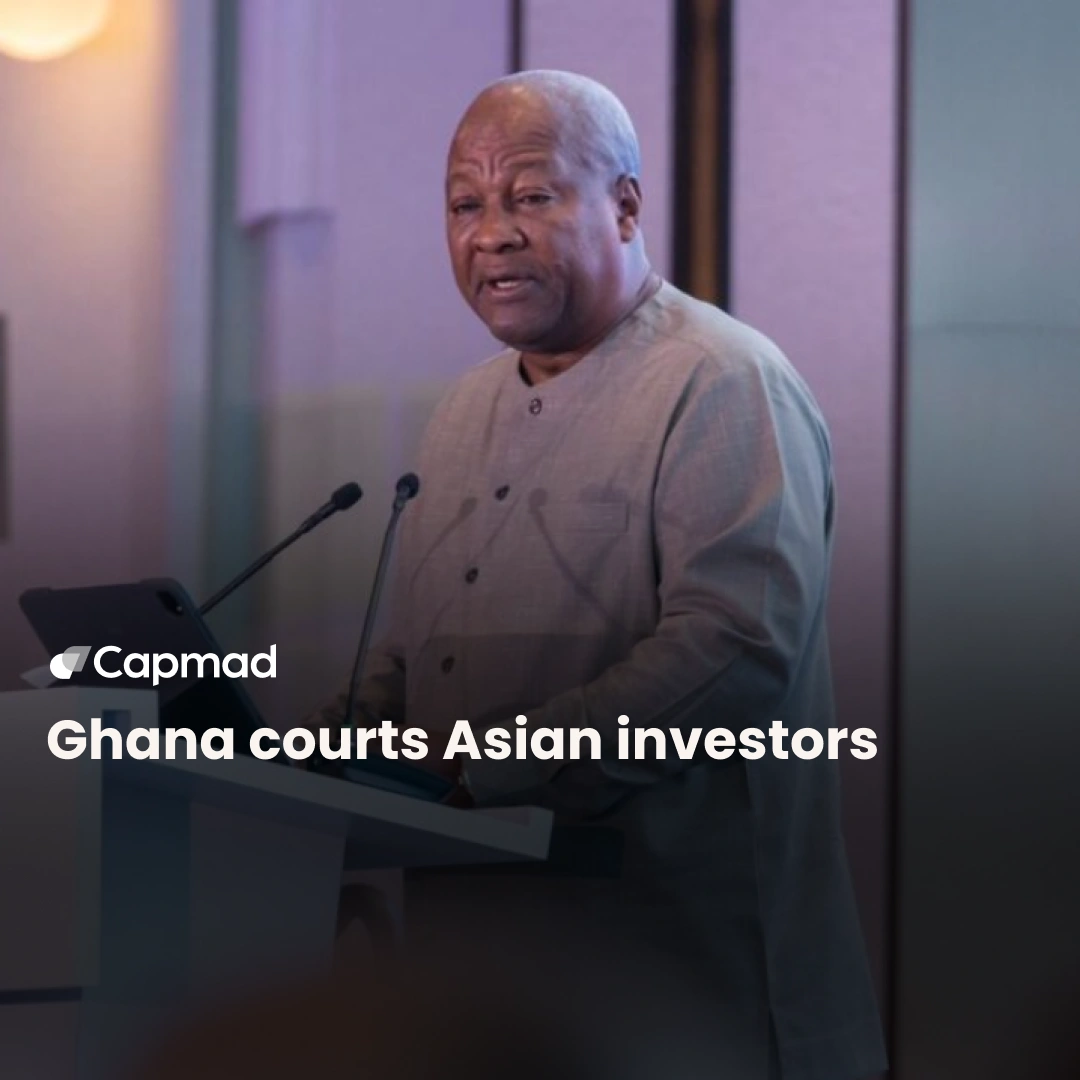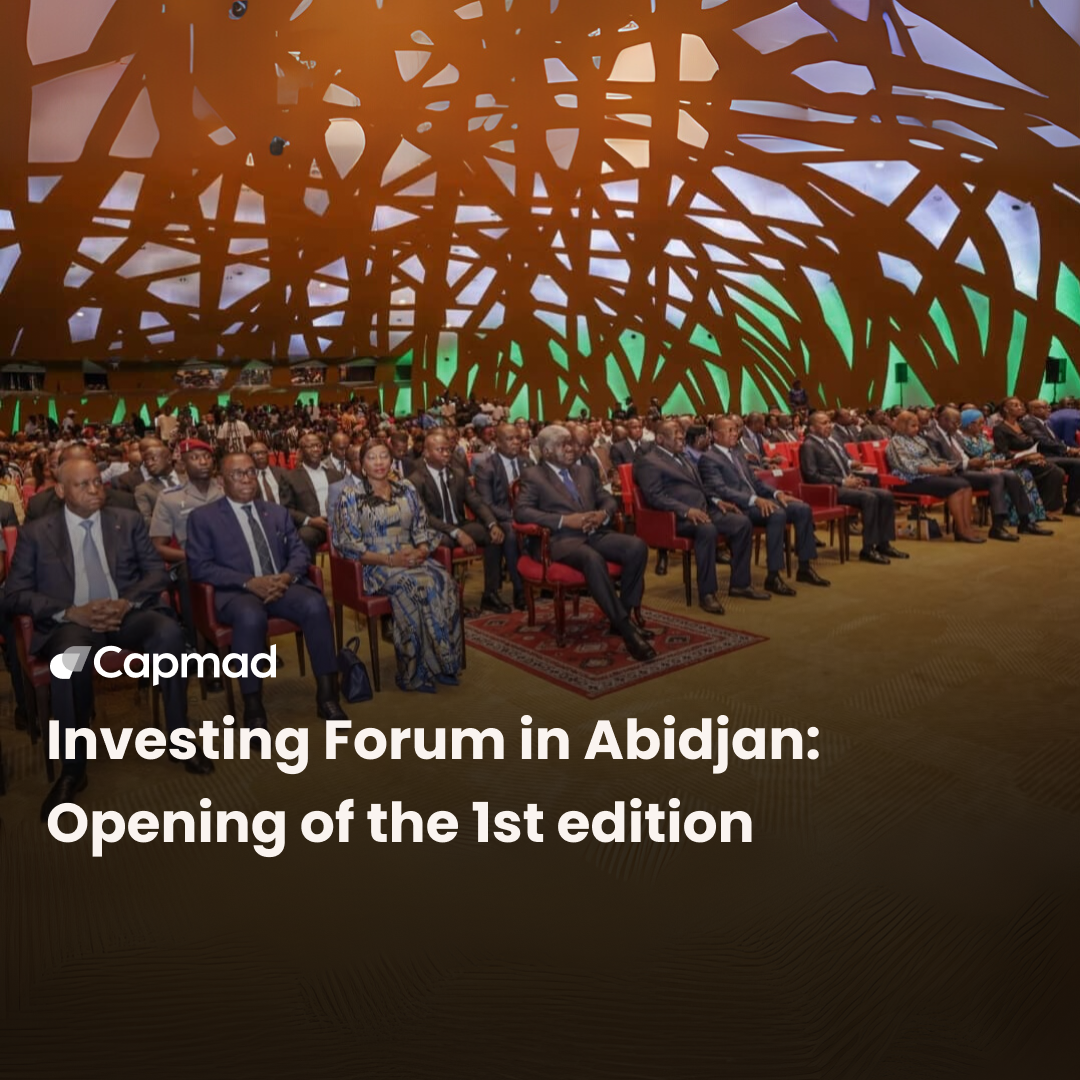By taking control of production at every stage of the value chain, from raw materials to finished products, Fairafric aims to industrialize the cocoa sector.
Cocoa-producing countries in Africa
Africa is the world’s leading producer of cocoa. However, production is highly uneven, with a strong concentration in the western region of the continent. While there are 20 cocoa-producing countries in Africa, Côte d’Ivoire and Ghana supply nearly 65 % of the world’s cocoa beans. However, only 3.5 – 6 % of the selling price of a bar of chocolate goes to the producer.
World’s leading cocoa producer
Côte d’Ivoire is the world’s leading producer of cocoa beans, producing 2.2 million tons of cocoa per year, according to the International Cocoa Organization (ICCO). Furthermore, the cocoa industry contributes 15 % to the country’s GDP, according to the African Development Bank in Côte d’Ivoire.
Ghana, in second place, has an estimated annual production of 1 million tons, less than half that of Côte d’Ivoire. Together, these two countries account for about two-thirds of the cocoa beans on the international market.
Other leading countries in the African cocoa sector
In addition to West Africa, the list of countries in the top 10 cocoa-producing countries is as follows. Nigeria ranks 4th with an annual production of around 350,000 tons. Ecuador is in 5th place with an annual production of 327,903 tons of cocoa. Cameroon follows with 290,000 tons of cocoa per year. Sierra Leone produces almost 200,000 tons per year and is ranked 8th.
In terms of regional ranking, Uganda is in 6th place with 35,000 tons of cocoa produced annually. This is followed by Madagascar in 7th place with an annual production of 13,000 tons.
Business and market potential of chocolate in West Africa
The global chocolate industry generated nearly 130 billion USD in 2019 and is expected to reach 187 billion USD by 2024, according to the ICCO.
However, only 6 % of this revenue goes to the exporting countries, with barely 2 % going to the farmers who directly produce the cocoa beans. Africa supplies more than 70 % of the cocoa beans used by the world’s chocolate manufacturers but has only 1 % of the market share.
Local cocoa-producing companies are dominated by American and European multinationals. However, some « made in Africa » chocolate bars are making a name for themselves on the international market.
Chocolate market leader
Ecuador claims the title of best chocolate with Paraci. This brand has won dozens of international awards. This chocolate rivals the expertise of European chocolatiers.
Côte d’Ivoire, the world’s largest cocoa exporter, has also made a name for itself in the chocolate industry. One of its main success stories, Instant Chocolat, a chocolate manufacturer present since 2014, is experiencing dazzling growth. This brand offers a range of products such as pralines and high-quality chocolate bars. Internationally renowned, Instant chocolate products are available from Air France and Citibank. Ivory Coast also stands out for its rubber industry, soon to be the second largest producer in the world by the end of 2024.
We should also mention 57 Chocolate, a high-end chocolate manufacturer in Ghana. This chocolate maker is currently aiming to compete with multinationals such as Nestlé. And in South Africa, Villiers Chocolate is targeting the American market.
Challenges in developing the chocolate market
Large natural reserves of cocoa in Côte d’Ivoire and Ghana have considerable economic potential. However, it is important to ensure that labor and capital are not overexploited in this sector.
Nevertheless, over-reliance on a key sector inevitably leads to boom-and-bust cycles. Prices are highly volatile, fluctuating according to supply and demand, making the economy vulnerable and unstable. That is why, despite the challenges, industrialization is essential. The aim is to balance the exploitation of raw materials with economic diversification, a key factor for long-term development.
Chocolaterie Fairafric: a quality factory
The Fairafric chocolate factory is located in Amanase, 62 Km from Accra, the capital of Ghana. The route is via the N6 motorway, which is fast at the start but turns into a bumpy road after about 30 minutes. This was one of the challenges Fairafric faced when it was built. Accra lacked adequate infrastructure. The area needed major investment in sanitation, electrification, and telecommunications. Without the personal intervention of the President of Ghana in 2020, no local funding was available.
Fairtrade and the bean-to-bar process
Fairafric wants to capture more of the profits from chocolate sales and keep them in Ghana. To achieve this, the company buys cocoa beans from around 70 smallholder farmers, even offering a premium of 600 USD per tons over international prices for beans from 100 % organic farms.
This chocolate company creates stable, well-paid jobs. It employs 95 people with health insurance and a dollar-linked salary to counter currency fluctuations. It also provides free transport and a canteen for its workers.
Fairafric represents a significant change in the chocolate industry by keeping the entire bean-to-bar process in Ghana. This generates 5 times more revenue than the current norm. Fairafric’s impact ranges from women’s empowerment to education, providing a positive future for the local community.
The company is also ethically funded, with a soft loan and crucial support from the Ghanaian government during the pandemic. Despite the challenges of the pandemic, construction of the Fairafric factory is progressing rapidly, thanks to the invaluable support of the President of Ghana. This initiative aims to revolutionize the chocolate industry by creating a fair and sustainable value chain in Ghana.
Cocoa cultivation in West Africa in figures
According to a study by the Central Bank of West African States (BCEAO), the Ivorian cocoa industry employs around 600,000 farmers. Approximately 6 million people depend directly or indirectly on cocoa for their livelihoods.
Cocoa price variable
The international price of cocoa is set daily on the New York Stock Exchange. However, growing cocoa is often unprofitable for farmers. Farmers also complain about the ban on the use of chemicals, in line with government and international standards. Climate change is also a major challenge for cocoa farming.
Faced with this dilemma, the government is making efforts to sensitize multinational companies and chocolate manufacturers to promote a fair supply chain. This would allow resource-rich countries such as Ghana to benefit from the lucrative aspects of chocolate production. In addition, the Ivorian government has increased the price of cocoa by 9%, which has been welcomed by producers. In the short term, it aims to process 50% of cocoa production to add value to the sector.
Planter premium, the fair income gap
There is also an additional price, the « planter’s premium », also known as the « decent income differential » (DRD). The DRD depends on the quality of the cocoa and the reliability of the producing country. This premium has a major impact on the income of cocoa farmers. Before the COVID-19 pandemic, this premium was 400 USD per tons. Due to the drop in demand caused by the crisis, the DRD fell to around 150-100 USD for Côte d’Ivoire and Ghana.
Economic benefits of a successful cocoa industry
Côte d’Ivoire has the right conditions for an ambitious policy to transform the cocoa sector between 2020 and 2030. This strategy would enable Côte d’Ivoire and Ghana to become leaders in agroforestry cocoa production, with a high potential for carbon sequestration. It is based on five main objectives, which simultaneously aim to
Significantly increase producer incomes by 60 – 70% over 10 years, i.e., annual growth of 5 – 6%.
- Achieve zero deforestation.
- Contribute to national GDP growth of 0.52% per annum.
- Create 173,000 full-time jobs.
- Capture 218 million tons of CO₂ over 20 years, equivalent to an annual reduction in carbon emissions of 11 million tons.








